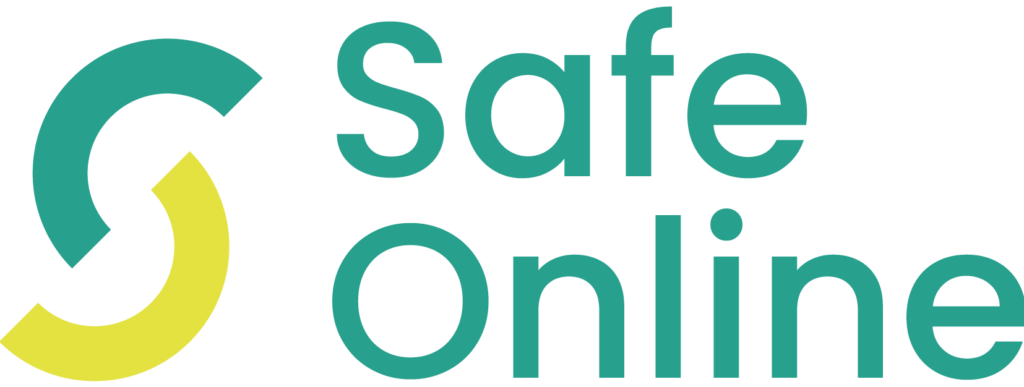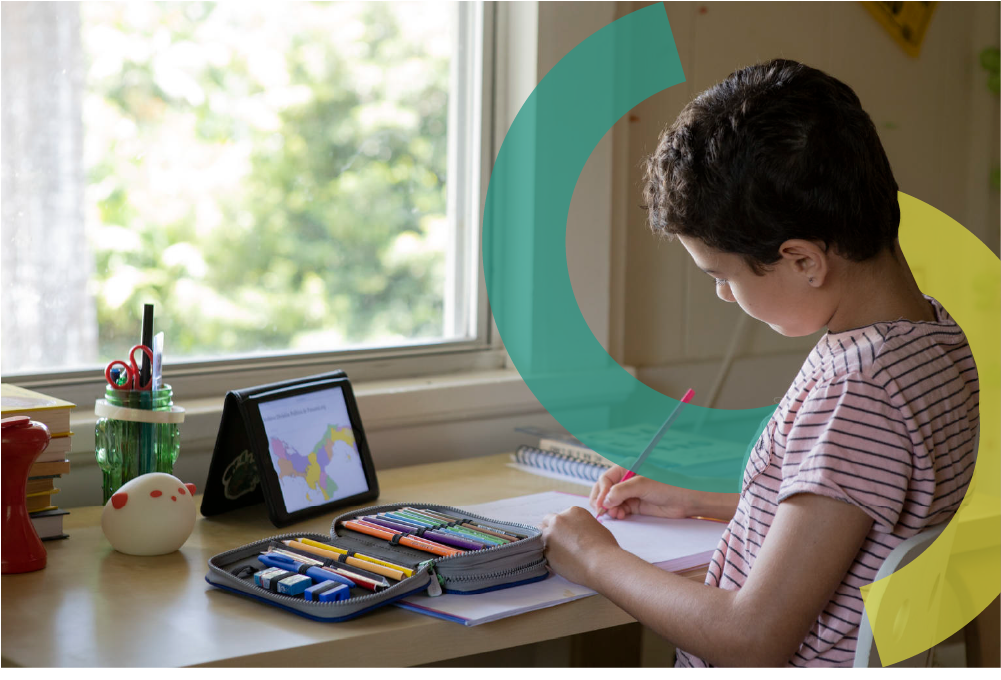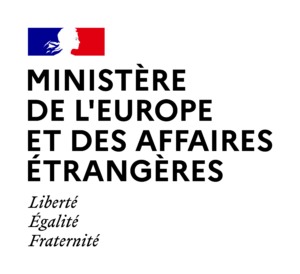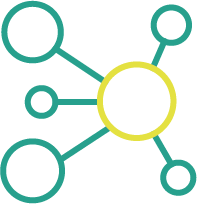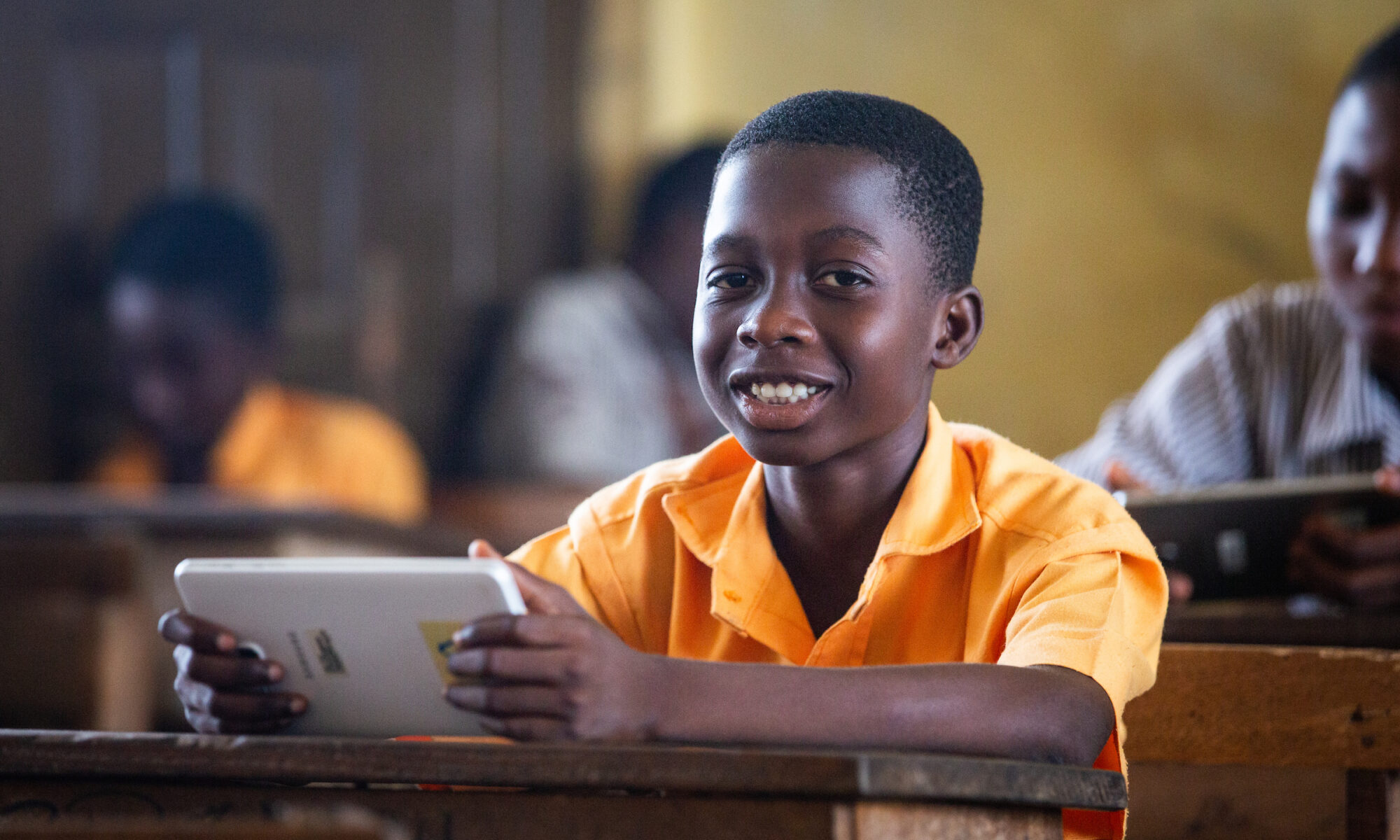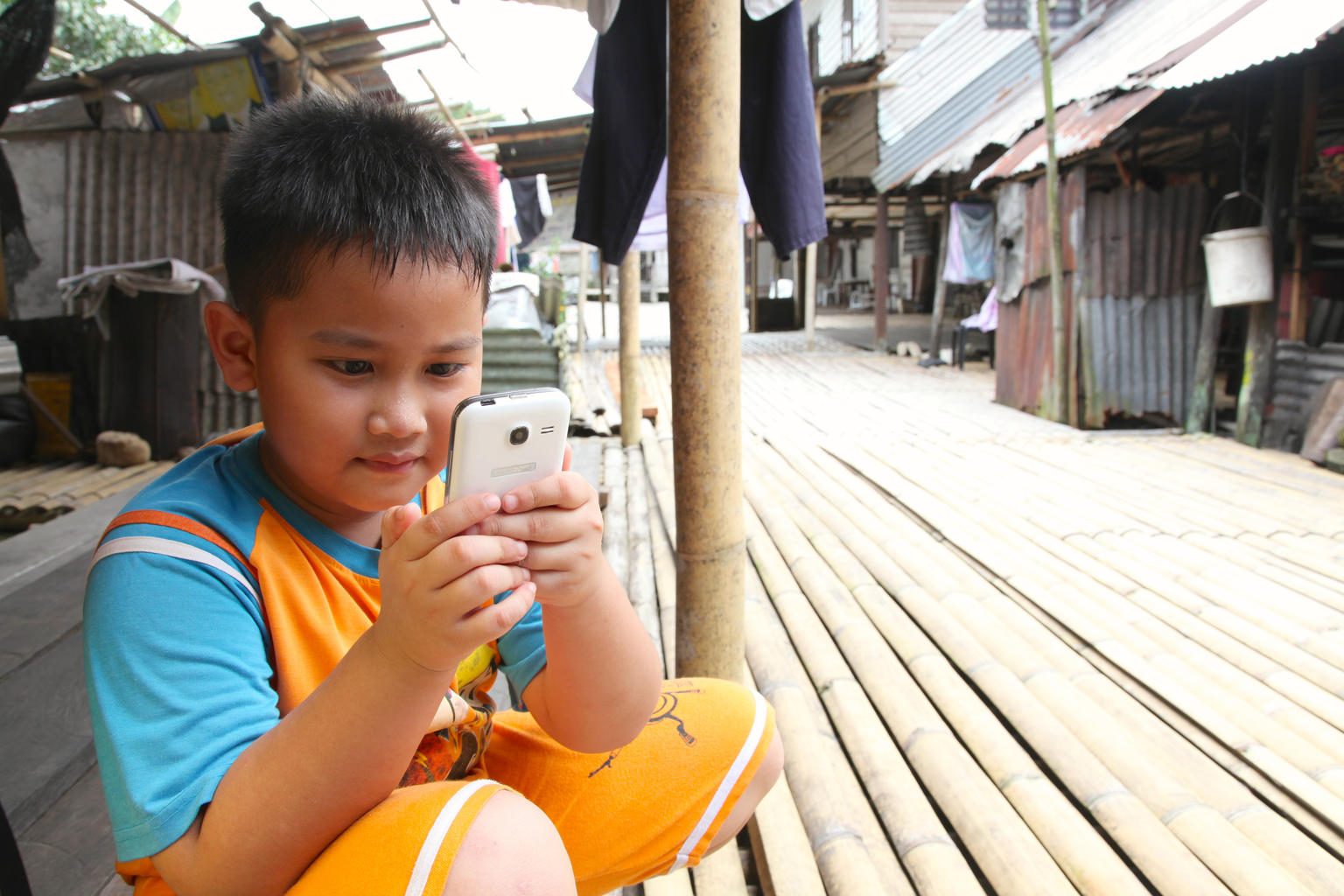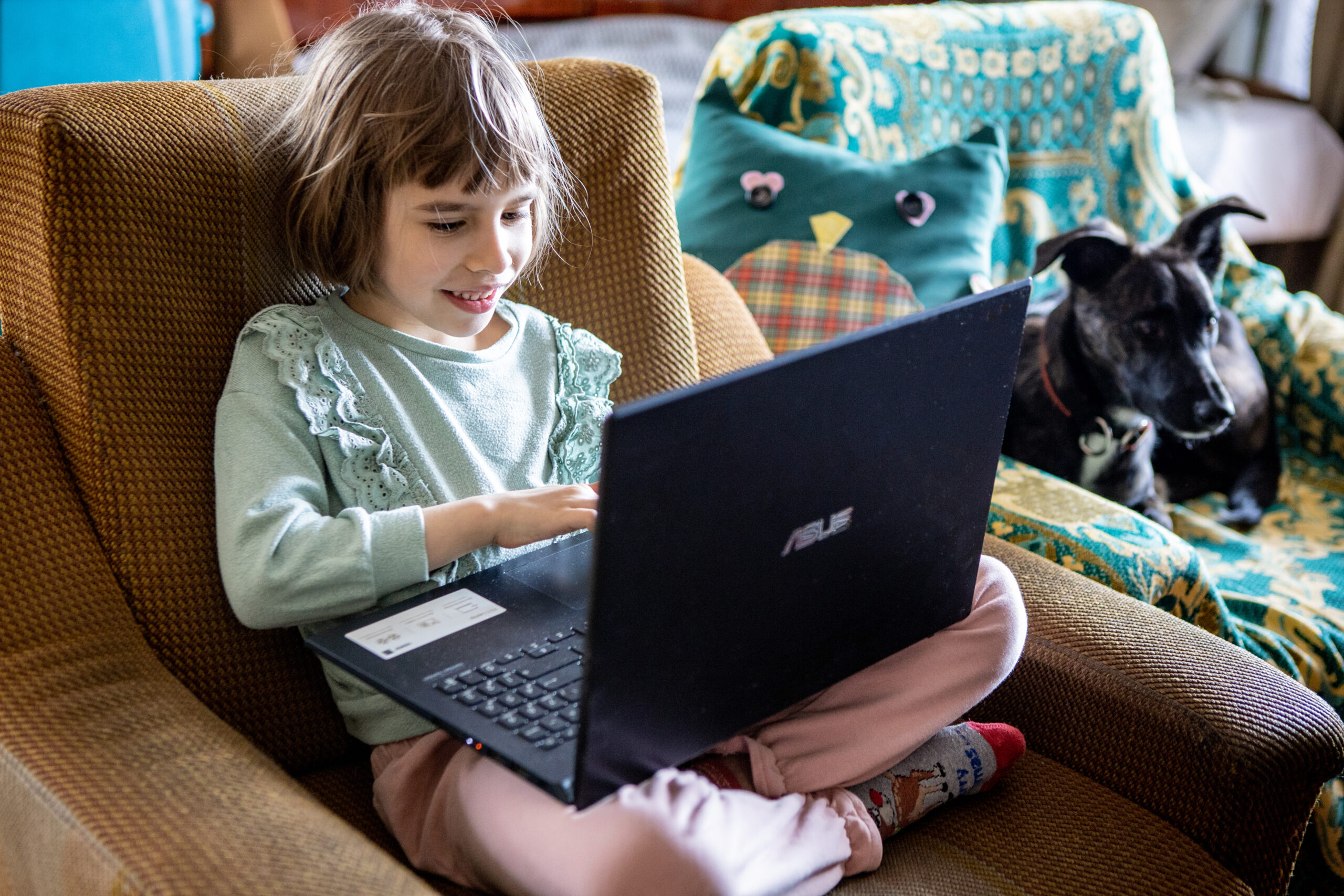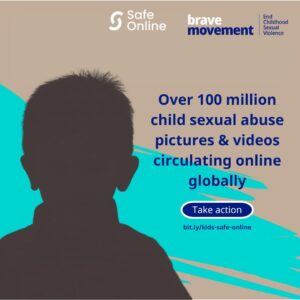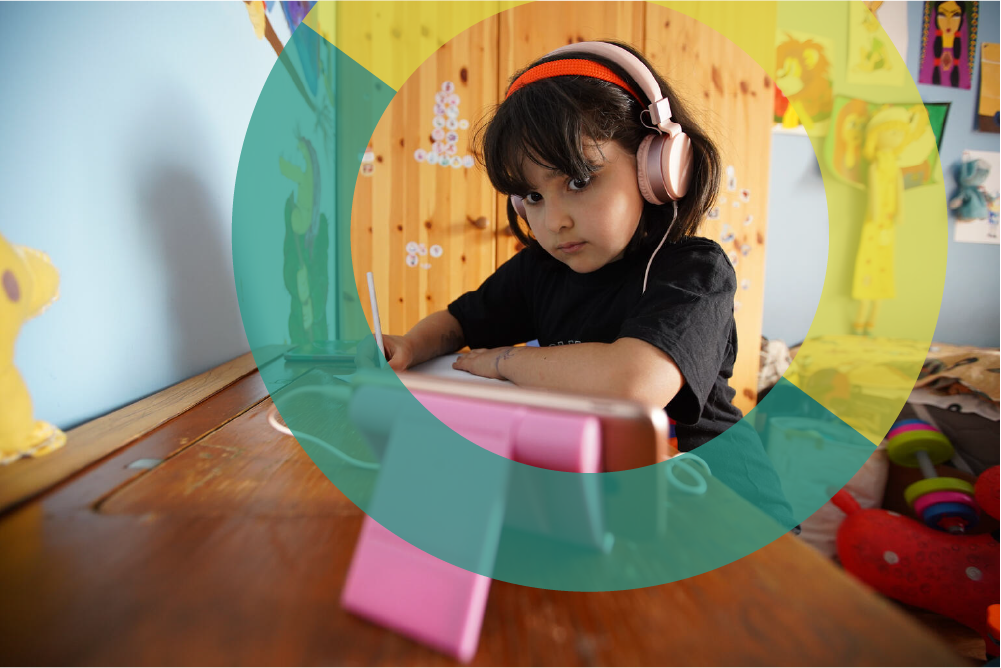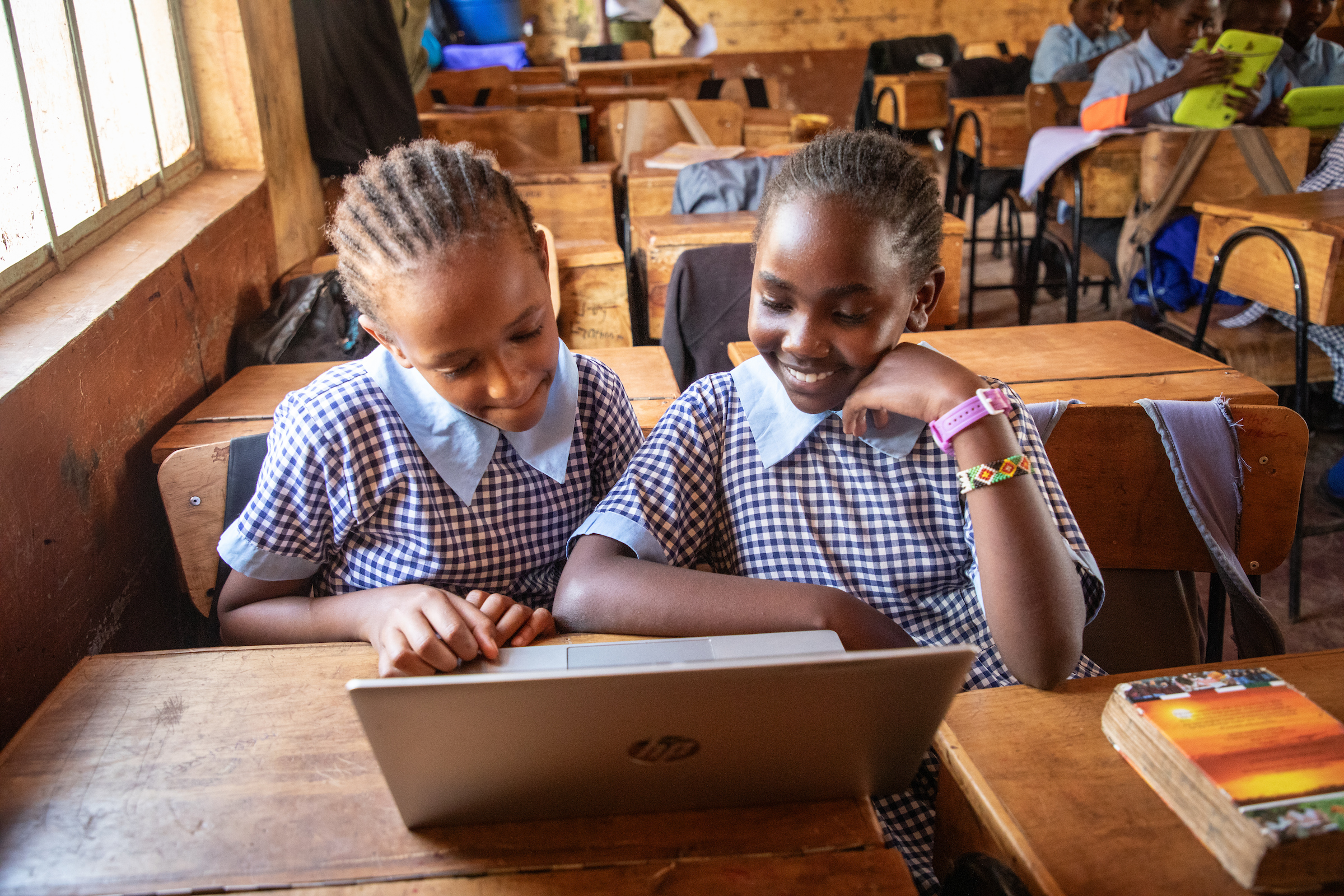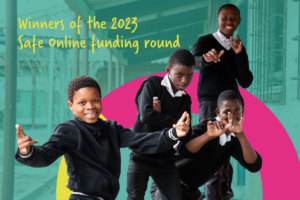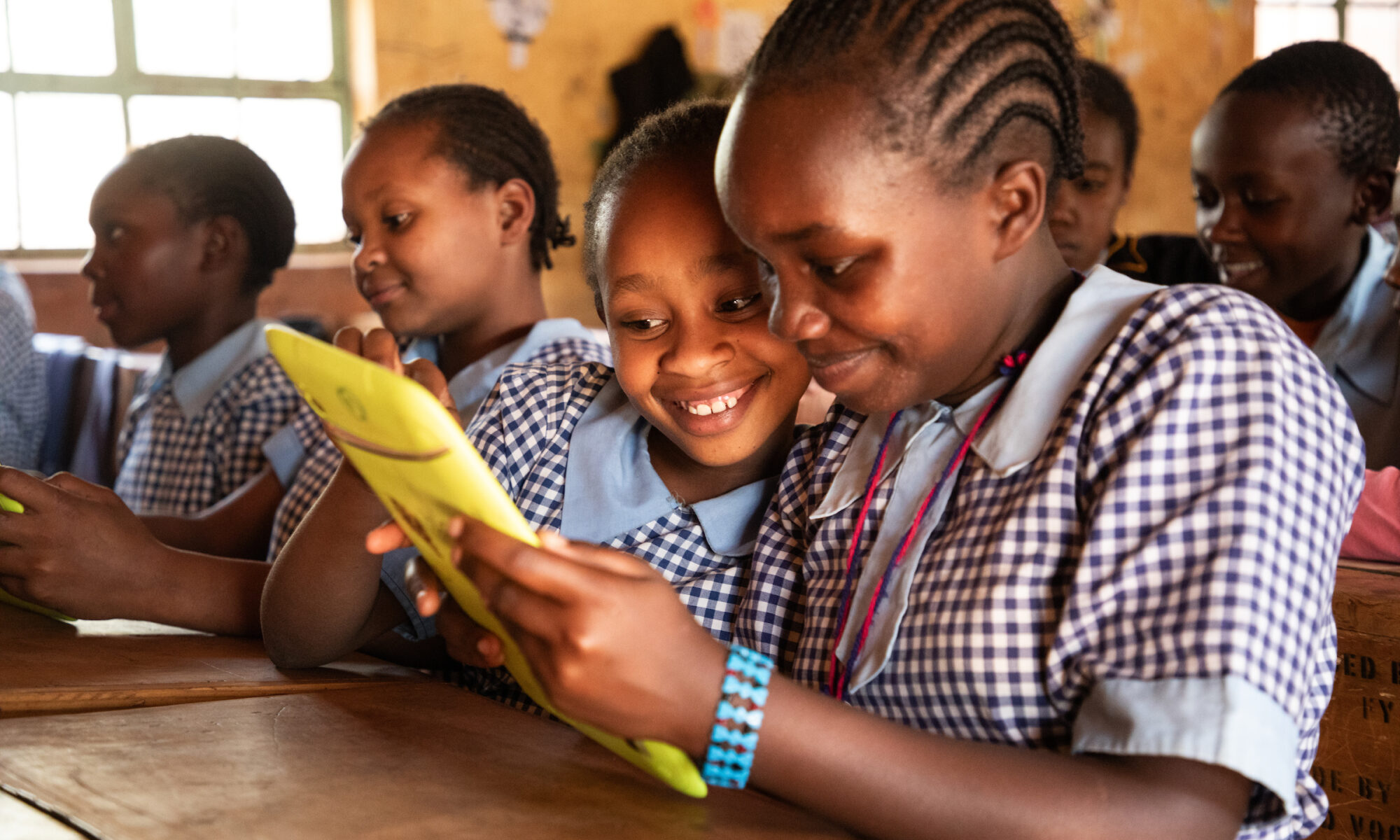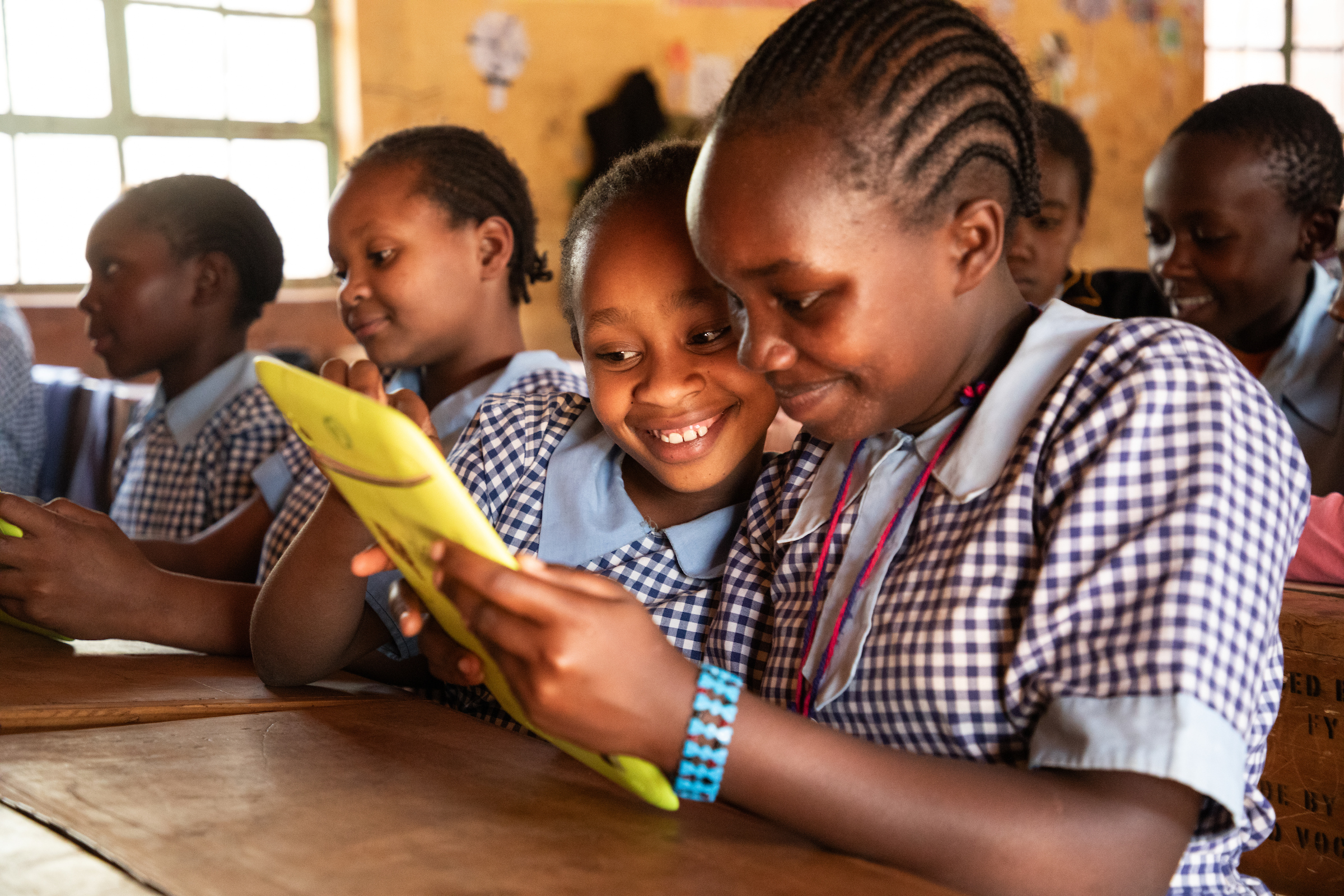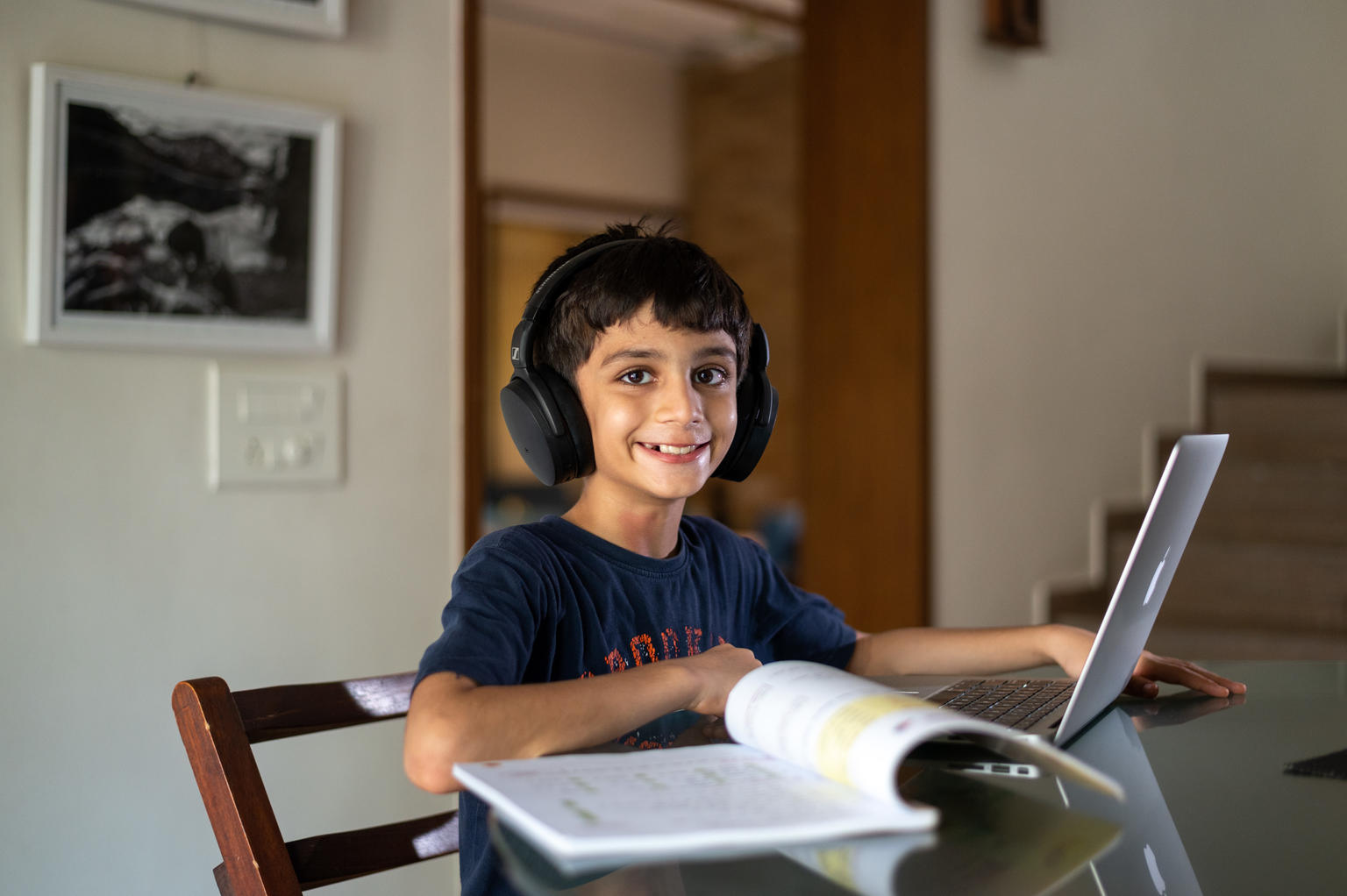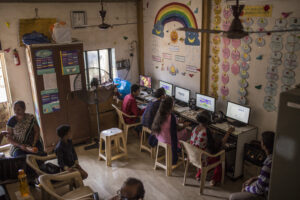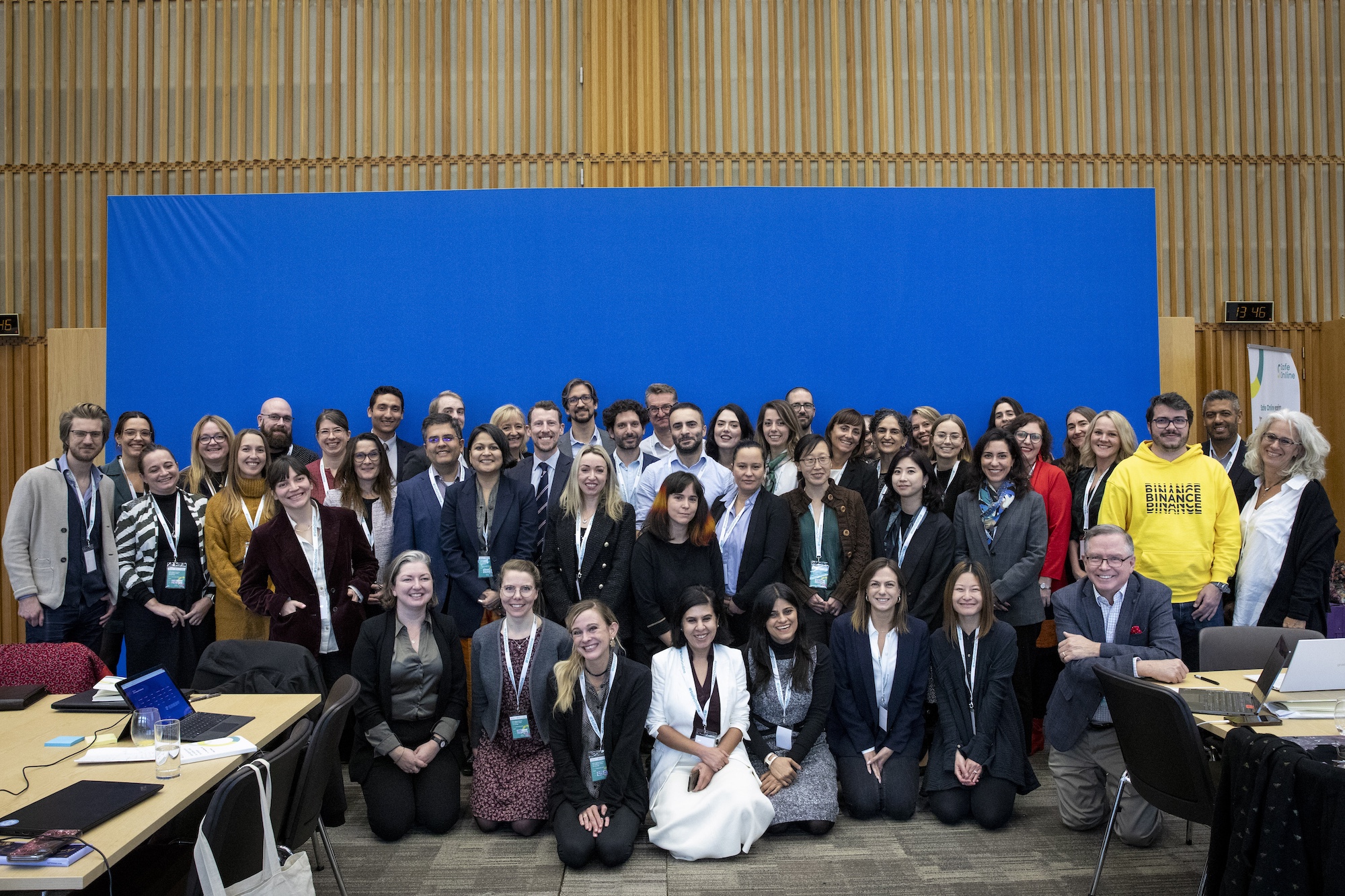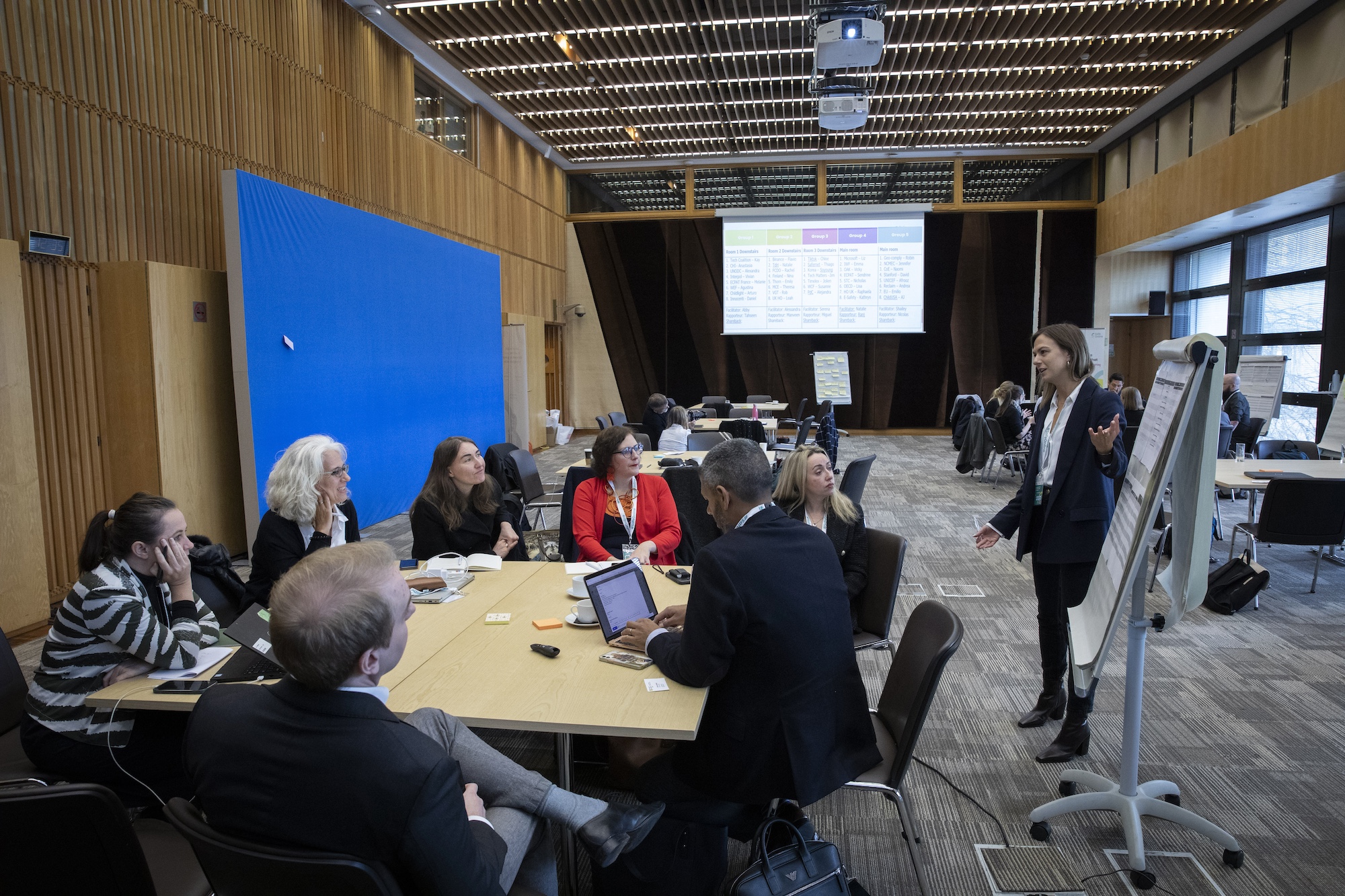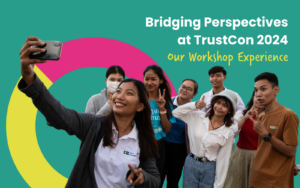Learnings, partnership and collaboration for a safe digital future
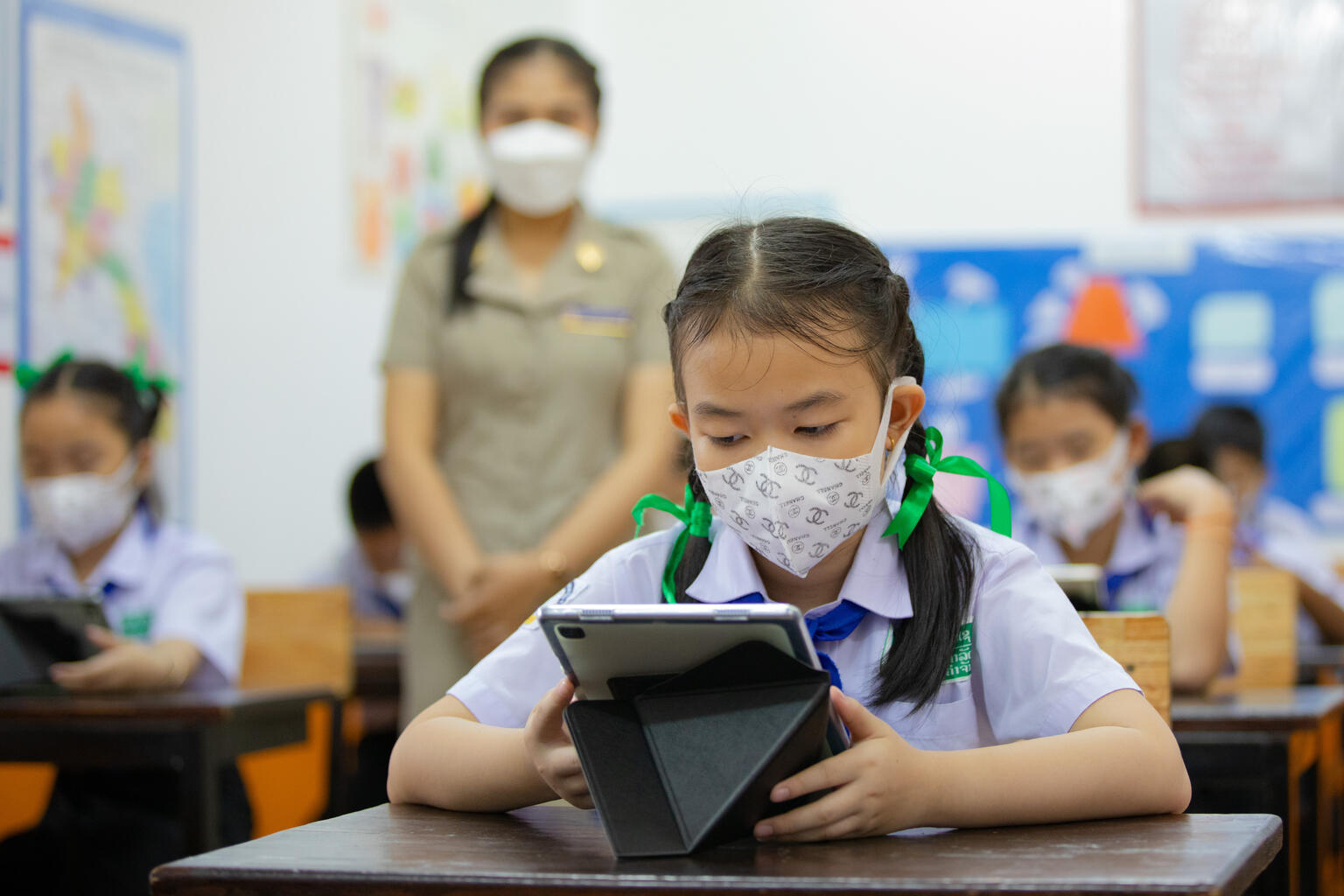
Safe Online joins ECPAT and other partners to host a Regional Workshop to promote collective action to end child sexual exploitation and abuse in Southeast Asia and the Pacific
There is growing momentum and positive development of progressive child protection frameworks in Asia. In November 2019, ASEAN adopted the Declaration on the Protection of Children from All Forms of Online Exploitation and Abuse in ASEAN, followed by the Regional Plan of Action for the Protection of Children from All Forms of Online Exploitation and Abuse in ASEAN. These together with two regional guidelines for Comprehensive National Legislation Against All Forms of Online Child Sexual Exploitation and Abuse and Provision of Protective and Support Services for All Child Victims and Children in Contact with the Law, launched at the 2nd Annual ASEAN ICT Forum on Child Online Protection in November 2023, have created a movement to strengthen regional coordination to prevent and response to online child sexual exploitation and abuse in ASEAN.
Safe Online funded Disrupting Harm research project jointly implemented by ECPAT International, INTERPOL, and UNICEF Office of Research – Innocenti has been significant in contributing to this momentum by generating unique insights on how online child sexual exploitation and abuse (CSEA) is manifesting in 13 countries – including Cambodia, Indonesia, Malaysia, The Philippines, Thailand, and Viet Nam – and providing tailored roadmaps for countries to strengthen their prevention and response systems. The results are ground-breaking and are complemented with conversations with survivors in 12 countries, including Malaysia, Cambodia, and South Korea.
The regional workshop will build upon the above-mentioned momentum, The two day workshop on March 5 and 6 led by ECPAT International along with partners like Safe Online is aimed at sharing experiences and lessons learned in combatting CSEA and strengthening the capacity of practitioners in identifying the best approaches on how to strategically engage with their governments and to support the global advocacy efforts to address this crime.
The ECPAT Regional Workshop will be followed by a day long Safe Online Regional Network Forum on March 7. Bringing together 20 grantees and implementing partners directly working in the region with a particular focus in 8 countries (Cambodia, Indonesia, Malaysia, Australia, New Zealand, Thailand, The Philippines and Viet Nam) the Forum will offer a space in which a group of selected grantees can connect and learn from each other and co-create a body of collaborative knowledge and solutions to tackle online child sexual exploitation and abuse in the context of other forms of violence against children.
Learn more about select grantees participating in the Safe Online Network Forum and their projects
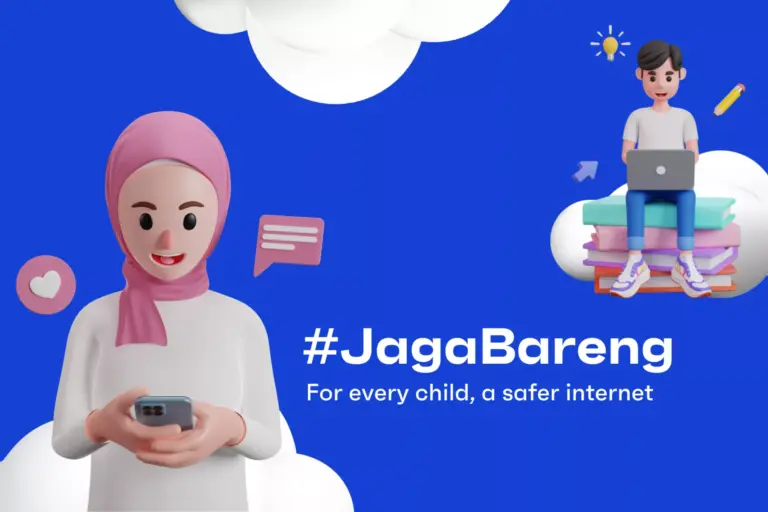
UNICEF Indonesia and the Ministry of Women’s Empowerment and Child Protection, Indonesia launched a national campaign #JagaBareng (“caring together”) to raise public awareness on online CSEA.
International Justice Mission
The Scale of Harm project is a pioneering methodology to estimate the prevalence of trafficking to produce new child sexual exploitation material in livestreamed videos, images, and recorded videos. Through a nationwide survey supplemented by IJM casework data and survivor experience, the study proves how widespread this form of online child sexual exploitation spreads across the Philippines.
The study revealed that nearly half a million children were trafficked to produce new child sexual exploitation materials in 2022. That’s approximately 1 in every 100 Filipino children. Additionally, nearly a quarter of a million Filipino adults trafficked children for the purpose of creating these materials. Roughly 3 in every 1,000 adults participated in this crime.
Plan International Pilipinas
The research study, ‘Safeguarding young people from the dark path of self-facilitated live streaming of CSEA’, aims to contribute to understanding the landscape of live streaming of CSEA, particularly those which are “self-facilitated” by older adolescents, to support efforts to prevent and address the live streaming of CSEA in the Philippines. The emphasis on self-facilitated live streaming is to address a critical gap in understanding the motivation and risk factors of online commercial sexual exploitation, as studies in the Philippines often focus on family-facilitated or externally facilitated commercial sexual abuse and exploitation. Plan and ECPAT Philippines will investigate the critical aspects of the demand and supply chain of self-facilitated live streaming of CSEA and will identify the gaps on current preventive and responsive policies and programs, based on these aspects, and develop, together with other stakeholders, policy recommendations and effective interventions to prevent and respond to live streaming of CSEA.
Plan International Vietnam
The community-based OCSEA support project is implemented in most disadvantaged communities in two coastal provinces of Vietnam to support adolescents aged 10-18, particularly girls from ethnic minorities, access gender-responsive, survivor-centred cross-sectoral support for OCSEA through interdisciplinary coordination.
The project’s SOPs for quality coordination to address online CSEA contributed significantly to identifying and addressing 6 cases with provision of comprehensive support services.
Save the Children International
Protecting Children from Online Grooming: The Young & Resilient Research Centre at Western Sydney University and Save the Children conducted the ‘Protecting Children from Online Grooming’ study. Young & Resilient facilitated workshops with 597 children and young people aged between 9 and 16 across Australia, Cambodia, Finland, the Philippines, Kenya, South Africa and Colombia to learn about their thoughts and experiences regarding their online interactions.
Preliminary research findings reveal that children routinely interact with people they don’t know online and respond with caution when approached, but they want tech companies and governments to do more to keep them safe. The findings also show that more than half were likely to speak about online safety to their parents, highlighting the importance of supporting caregivers with online safety education.
UNICEF Cambodia
The Project aims to support the Royal Government of Cambodia to further strengthen a functional child protection system to prevent/respond to online and offline CSEA through innovative solutions in information management system, capacity building, enhanced coordination including with the private sector, empowerment of parents and young people.
The Child Online Protection Guidelines for the Digital Technology Industry newly developed by the Royal Government of Cambodia, provide unparallel opportunities for nearly 100 industry players including mobile operators, social media, content creators, and App developers to enhance the online safety of every child and young person in respect of children’s rights across Cambodia.
UNICEF Indonesia
UNICEF Indonesia, in collaboration with the Ministry of Women’s Empowerment and Child Protection and ECPAT Indonesia, is implementing a comprehensive approach to prevent and respond to Online Child Sexual Exploitation and Abuse (OCSEA). This project builds upon an existing program, Safe and Friendly Environment for Children (SAFE4C), connecting prevention and response services from community to service providers to achieve sustainable protection results for children. The project focuses on three action areas:
- Strengthen child protection policies, programs, and services to prevent and respond to OCSEA.
- Enhance the engagement of children and their caregivers as active agents in the prevention of OCSEA and adaptation to digital parenting.
- Build a robust evidence base to inform policies, advocacy, and programming to address OCSEA.
The project is implemented in 10 districts/cities across three selected provinces in Indonesia.
As part of the project, UNICEF Indonesia and the Ministry of Women’s Empowerment and Child Protection (MOWECP) launched the national campaign platform entitled #JagaBareng or “caring together“. The campaign aimed to raise public awareness and encourage participation in child online protection, with a particular focus on preventing OCSEA. Leveraging various social media platforms, the campaign successfully reached over 71.5 million internet users, including 26.6 million young internet users. META’s support for the Brand Lift Study further enhanced the campaign’s impact.
Images:
© UNICEF / UN0671248
© UNICEF Indonesia / 2023
See more stories from our family of grantees
Recap blog- 2024 Tech Coalition Safe Online Research Fund Convening
The Tech Coalition and Safe Online were proud to host the 2024 Tech Coalition Safe Online Research Fund Convening in London on October 1. Over 50 attendees were present, representing all 13 grant projects from the Tech Coalition Safe Online Research Fund as well as more than a dozen leading tech companies. The Convening successfully combined research insights with industry expertise to drive outcomes that will protect children from online sexual exploitation and abuse.
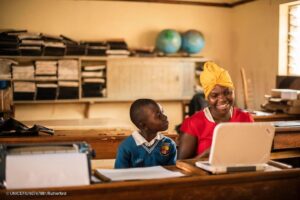
Safe online invests $4 million to generate evidence on tackling online child sexual exploitation and abuse
Safe Online’s latest funding round is investing $4 million for generating crucial data and evidence to tackle online child sexual exploitation and abuse (CSEA). This initial investment will be followed by an additional $1.5 million for evaluations of the projects in the next quarter.
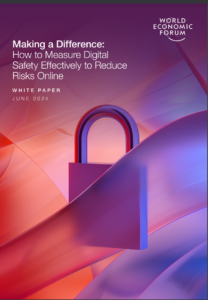
What is digital safety and how do we measure it?
A recent white paper by the World Economic Forum’s Global Coalition for Digital Safety highlights the critical need for assessing digital safety. It provides a roadmap to navigate the complexities of measuring digital safety in the context of ongoing technological advancements and evolving regulatory frameworks.
